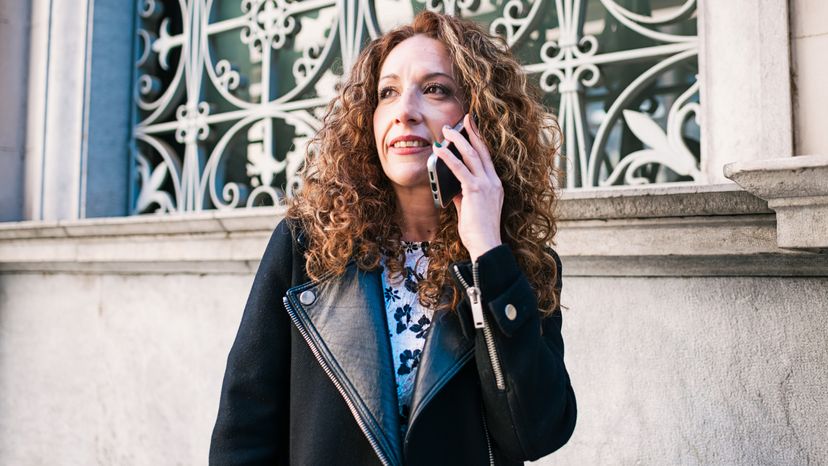
Whenever you make a long-distance call, there is an amazing amount of computer technology working to make your call happen. In order to understand the computerized systems used today, however, it is helpful to go back in time and look at how human beings once routed long-distance calls.
Think back to a time when a human being worked in a town's central office. The phone company would build the central office in the middle of town, and then run a pair of copper wires to every home (see How Telephones Work for details on the wiring). The operator -- let's call her Mabel -- would work in the central office. Mabel would sit in front of a switchboard, and on this switchboard would be a collection of sockets -- one socket for each of the phones in town. When you wanted to place a call:
Advertisement
- You would pick up your phone.
- A light above your phone's socket would turn on.
- Mabel would plug a jack into your socket and ask you who you would like to talk to.
- Mabel would then plug her jack into the receiving party's socket, send a ring signal down the line, and talk to the person who answered.
- Mabel would then plug in a wire between your jack and the receiving party's jack to connect the two of you together.
- When she saw the lights go out above your jacks, Mabel would remove the wire connecting the two sockets.
This was an incredibly simple system.
To allow long-distance calls in this simple system, the local phone company would add a line (or multiple lines) to connect to a long-distance office. To make a long-distance call to your friend in this system, you would pick up your phone and tell Mabel the long-distance number for your friend. Then:
- Mabel would connect to one of the lines going to the long-distance office.
- She would speak to the operator in the long-distance office.
- The long-distance operator would connect Mabel to another long-distance office -- the office for the area code of your friend.
- Mabel would tell the long-distance operator the number, and she would connect to another office.
- Eventually, Mabel would be able to talk to the operator in the central office for the town that your friend lives in.
- That operator would make a connection to your friend.
- Then Mabel would connect you to the long-distance line, and you would be able to have your conversation.
As you can see, this system is still remarkably simple. Your call was patched together with direct, physical wires going from one office to the next. The long distance operator kept track of the length of your call and created a billing record.
The first act of automation was to replace Mabel with a mechanical switch. When you placed a local call, the switch would connect you. To make a long-distance call, you would dial "O" to speak to a human being, and the human being would connect the call through the long-distance offices as before.
Computers allowed for the replacement of the long-distance operators with computerized switches. The computers could create the connections and the billing records just like a human operator. Physical wires still connected you to the receiving party on each call, but the computer connected them together at each office. If, from California, you dialed 1-212-555-1234 -- a New York number -- the 1 identified it as a long-distance call, telling the local switch to connect to a long-distance switch. The 212 told the long-distance switch which long-distance line to grab. The 555 told the long-distance office in New York which local office to connect to. Then the local office would connect you to your friend. The computers in each office would pass the number along as digital data via data lines connected between the switches.
In today's world, there are two things that make the system more interesting:
- Physical wires no longer connect the offices together for each phone call. That system was incredibly expensive. Instead, a fiber-optic line carries a digitized version of your voice (see How Analog and Digital Recording Works for a description). Your voice (along with thousands of others) becomes a stream of bytes flowing on a fiber-optic line between offices. The difference in cost between "a pair of copper wires carrying a single conversation" and "a single fiber carrying thousands and thousands of conversations" is phenomenal.
- The phone company is no longer a monopoly. Instead, there are many different long-distance and local carriers.
Today, when you place a long-distance call, the switch in the local office accesses a database that contains a record for each phone number connected to the switch. The database contains what's called a PIC code (Primary Interchange Carrier code), which indicates which long-distance carrier you have chosen. (When you switch long-distance carriers, this PIC code is what changes.) The switch looks up the PIC code for your number and then connects to a long-distance switch for your long-distance carrier. Your long-distance carrier's switches route the call to the local carrier for your friend, and the local carrier completes the call to your friend.
This entire amazing and complicated transaction happens using billions of dollars worth of computers, switches, wire and fiber-optic cable, all in a blink of an eye.
Advertisement